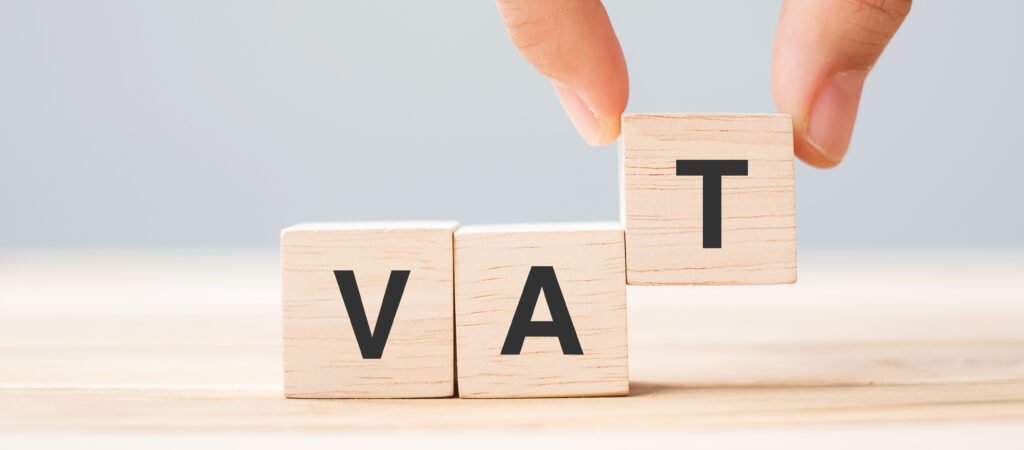BLOG POST
Understanding VAT for Small Businesses

Understanding VAT for small businesses: VAT schemes – Pros, cons, and when it makes sense to switch
For many small businesses, VAT registration is a necessary step once taxable turnover exceeds £90,000 (as of 2024). Understanding which VAT scheme to use and when to switch can be the difference between overpaying tax and running your business efficiently.
There are several VAT schemes available, each with their own advantages and disadvantages.
Standard VAT accounting scheme
This is the most used VAT method and is applied by default when you register for VAT. Under this scheme, you account for VAT based on invoice dates, not when payments are received or made. That means you must pay VAT to HMRC on sales you’ve invoiced, even if your customer hasn’t paid you yet. You can also reclaim VAT on your business expenses, regardless of whether you’ve paid the supplier. It works well for businesses with reliable cash flow and strong bookkeeping practices, but it can create cash flow pressure if customers are slow to pay.
Cash accounting scheme
Under this scheme, VAT is only paid when you receive payment and reclaimed when you pay suppliers. This method is ideal for businesses with cash flow limitations, but you can’t reclaim VAT on unpaid bills. This is only available to businesses with a turnover below £1.35 million. Once you stop using the cash scheme you cannot return to it.
Pros: Improves cash flow
Cons: Delays reclaiming VAT on purchases
Flat rate scheme
Designed to simplify VAT reporting for businesses with turnover under £150,000. You pay a fixed percentage (set by HMRC based on your industry) of your gross turnover, and you don’t reclaim VAT on most purchases.
Pros: Less admin, easier calculations
Cons: Can be more costly if you buy a lot of goods or services with VAT
Annual accounting scheme
Instead of quarterly returns, you submit one VAT return per year and make advance payments. This improves budgeting but can cause issues if your turnover fluctuates significantly.
When should you switch?
Switching schemes can make sense when your cash flow changes, you grow beyond the scheme’s turnover limits, or you realise you’re paying more VAT than necessary. For instance, if your business now makes more VATable purchases, switching from the Flat Rate Scheme to Standard might allow greater reclaim opportunities.
The right VAT scheme can save time and money, but there’s no one-size-fits-all solution. As accountants, we always advise reviewing your VAT scheme annually, or sooner if your business changes. A quick review today could lead to big savings tomorrow.
Related Posts


